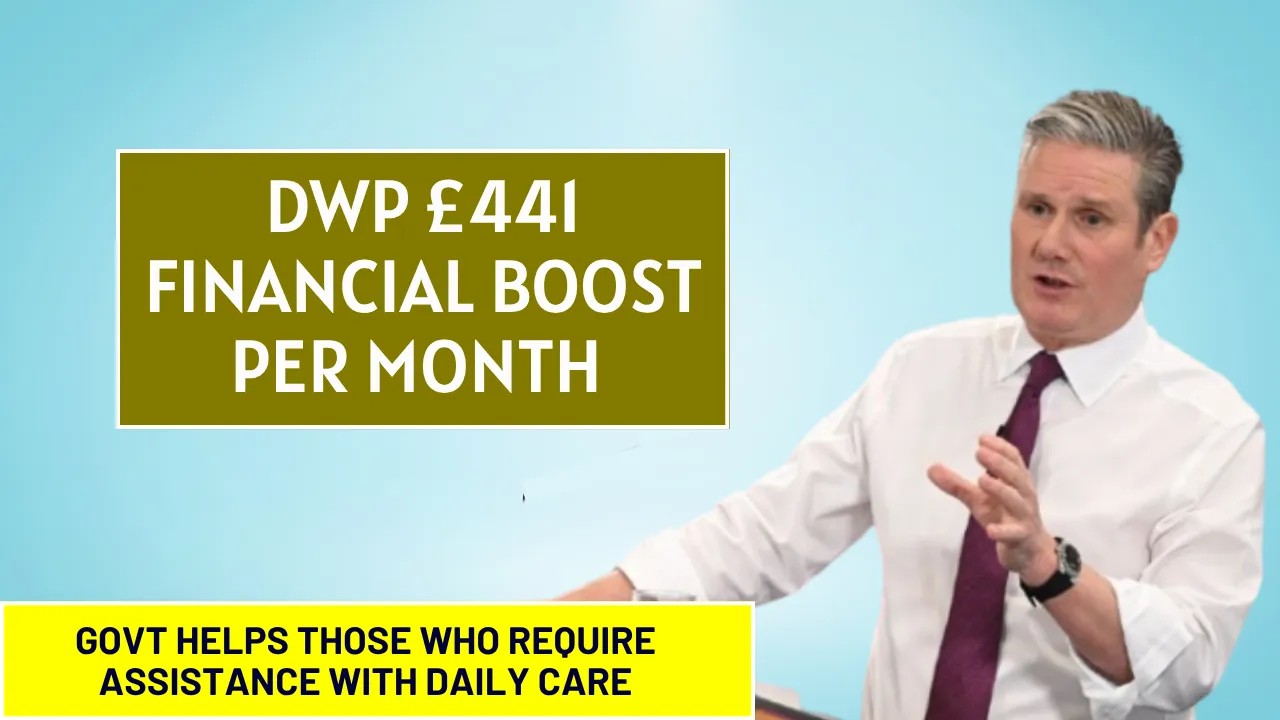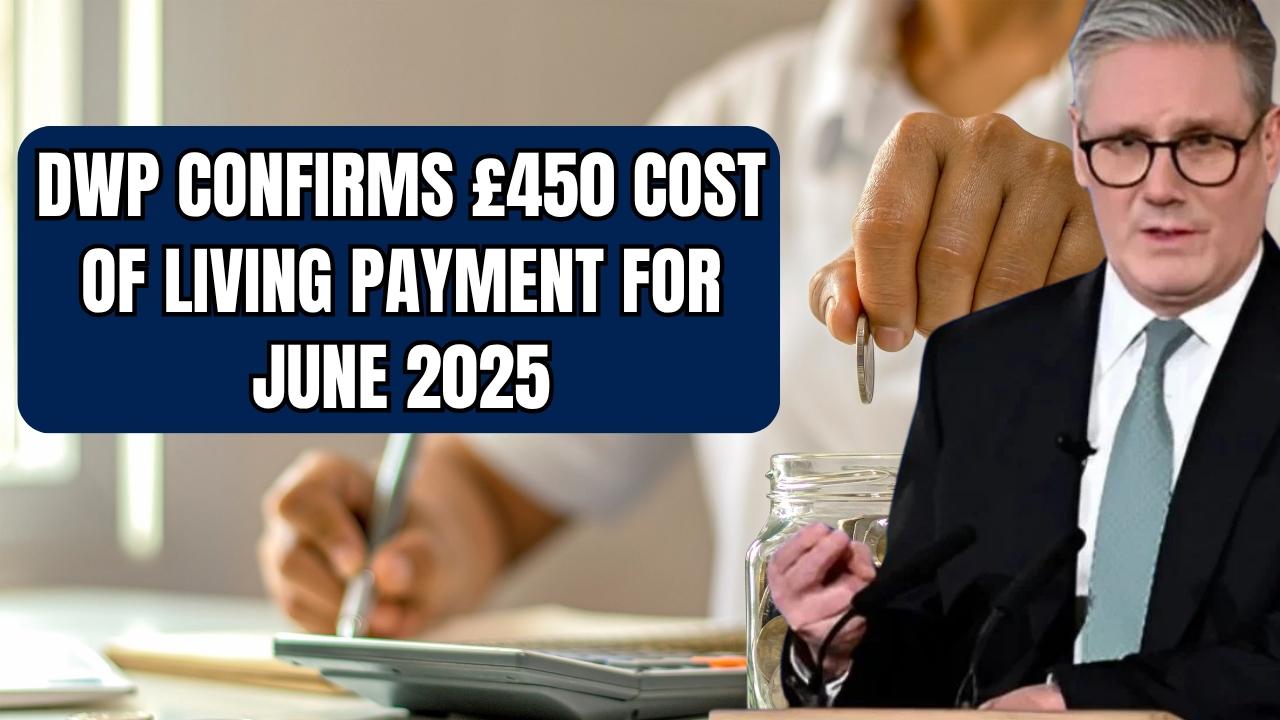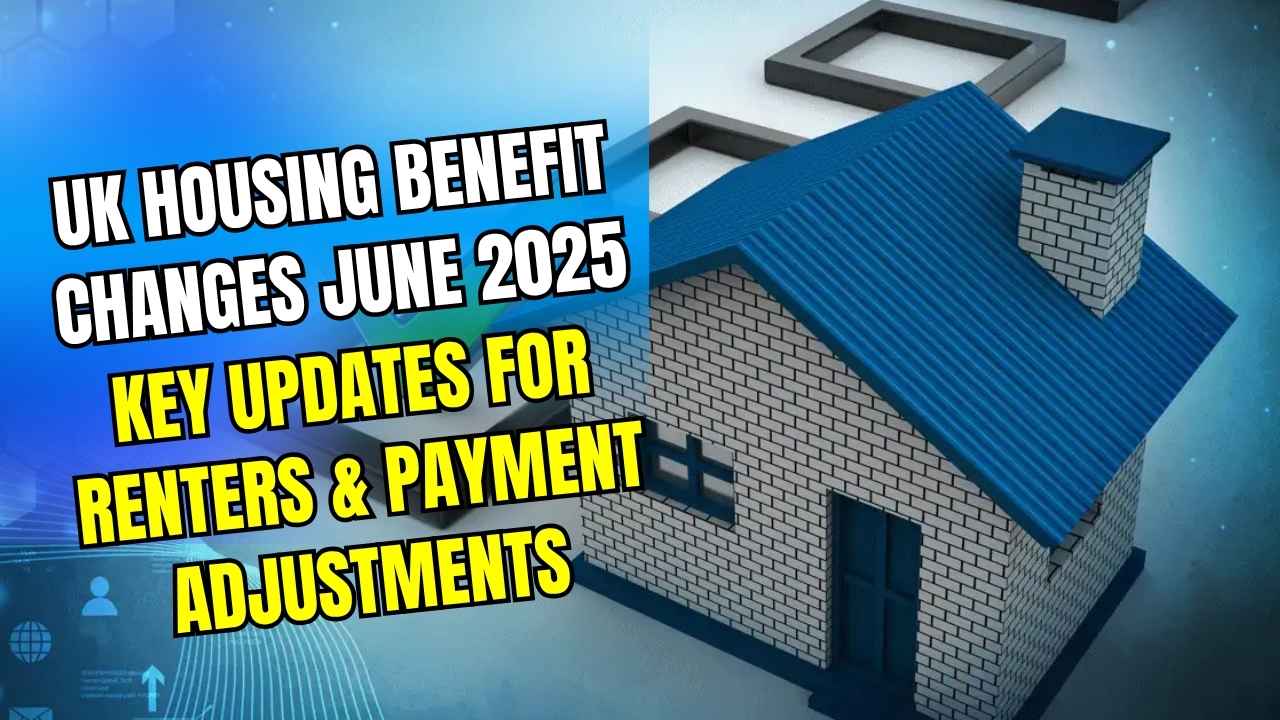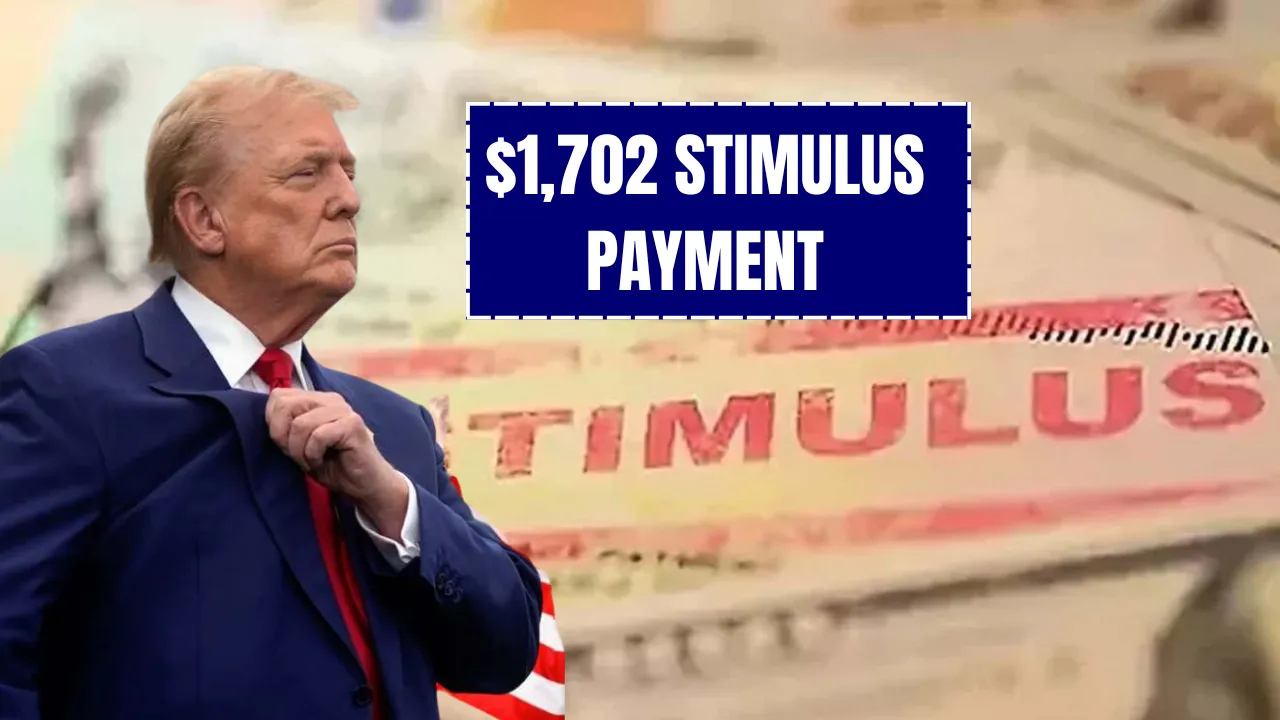DWP £441 Financial Boost: Living with a severe disability often means relying on others for help with everyday tasks. Recognizing this challenge, the Department for Work and Pensions (DWP) offers Attendance Allowance—a benefit designed to assist those who need regular daily care. In 2025, eligible individuals can receive up to £441 Financial Boost each month to ease the financial burden associated with care needs.
The £441 Financial Boost is an automatic monthly payment based solely on care requirements, not income or savings. Whether you need help dressing, cooking, or managing medication, this benefit supports you. Understanding how to qualify and apply ensures you don’t miss out on valuable help.
£441 Financial Boost
The £441 Financial Boost reflects the maximum monthly Attendance Allowance payment available in 2025. The exact amount depends on your level of care needs. This non-means-tested benefit can make a profound difference in a disabled person’s life, providing greater freedom and security.
Overview Table
| Feature | Details |
| Benefit Name | Attendance Allowance |
| Maximum Monthly Payment | £441.60 (higher rate) |
| Lower Rate Weekly | £73.90 |
| Higher Rate Weekly | £110.40 |
| Based On | Care or supervision needs during the day, or at night |
| Eligibility Criteria | Severe disability; UK resident; over state pension age |
| Income/Savings | Not considered for eligibility |
| How to Apply | Download form via DWP website and mail to Freepost address |
What Is Attendance Allowance?
Attendance Allowance is a government payment for individuals with a long-term disability that makes them reliant on help for daily activities. It does not matter whether this support comes from family, friends, or professional carers. What matters is that supervision or assistance is needed for tasks like washing, taking medication, or maintaining safety.
The benefit’s rate depends on how frequently help is required. The lower rate of £73.90 per week is for those needing help during the day, at night, or frequent supervision. The higher rate of £110.40 per week is for individuals who need assistance both day and night, or whose life expectancy is under 12 months.
Health Conditions That Qualify
A wide range of health conditions may qualify someone for Attendance Allowance. Common examples include arthritis, severe back pain, visual impairment, and respiratory illnesses like asthma or cystic fibrosis. Neurological conditions—such as epilepsy, Parkinson’s disease, and multiple sclerosis—are also frequently cited, along with cancers, diabetes, and other chronic diseases.
Mental health conditions, including severe depression or psychosis, may also meet the criteria if help or supervision is needed. Specific cognitive impairments like dementia are included as well. Moreover, some individuals reliant on dialysis, suffering from frailty, or recovering from infectious conditions can qualify for the benefit if they cannot manage independently.
Who Can Get the £441 Financial Boost?
To be eligible for the £441 Financial Boost, you must:
- Be over the state pension age.
- Have a disability or health condition requiring help or supervision.
- Be a UK resident (or have rights to reside in the UK).
Income and savings do not affect eligibility. The benefit is designed to relieve care-related costs, not income shortfall. If help is needed to cook, clean, manage medication, or maintain safety, you may qualify.
Applying for Attendance Allowance
Applying is straightforward. First, visit the DWP’s website and download the Attendance Allowance form. Fill in details about your daily needs and medical conditions. You don’t need to include financial information, only how your disability affects your daily life.
Once complete, send the form to the Freepost DWP Attendance Allowance address—no postage required. The DWP will assess your application, reviewing care needs and medical evidence provided. Applications typically take several weeks to process.
How Much Could You Receive?
The allowance is paid weekly at two rates. Most applicants receive the higher rate of £110.40 per week, which adds up to roughly £441.60 per month. Those requiring help either during the day or night, but not both, typically receive the lower rate of £73.90 per week, equal to around £295 per month.
While this may seem modest, the extra funds can be used for personal care, household help, equipment, heating, or medication—making everyday life more manageable.
Why It Matters
Receiving this benefit can enhance quality of life significantly. It helps relieve financial pressure and enables people with disabilities to maintain independence and comfort at home. Because income and savings aren’t taken into account, Attendance Allowance ensures that support goes to those who genuinely need care.
It also acts as a gateway to more financial support. Some individuals may qualify for Pension Credit or help with housing and council tax. It’s important to review all entitlements once awarded Attendance Allowance.
What to Do After You Apply
After sending your form, wait for DWP’s decision. Download or request an Attendance Allowance statement online via your Personal Independence Payment login. If successful, you’ll receive a letter specifying your rate and payment date.
If your application is rejected, you can request a mandatory reconsideration or begin an appeal. The DWP must receive these requests within one month of the decision letter. You may also contact a welfare benefits adviser for help with challenging decisions or completing forms.
FAQs
1. What’s the difference between lower and higher rates?
The lower rate is for people needing help during the day or night, daily. The higher rate is for those requiring both day and night help, or with a short life expectancy (under 12 months).
2. Can I get Attendance Allowance if I’m still working?
Yes. Your income or employment status does not affect eligibility. The benefit is based solely on care needs.
3. How do I apply for Attendance Allowance?
Download the form from the DWP website or request it by phone. Complete it and mail it to the address on the form—no postage needed.
4. How long does it take to receive a decision?
Processing typically takes several weeks, but complex cases may take longer. Contact DWP if you haven’t heard back after two months.
5. Will this benefit affect other payments?
Attendance Allowance is non-means tested, so it won’t reduce your income-based benefits. It may even help you qualify for other allowances, like Pension Credit.
Final Thought
The DWP £441 Financial Boost is more than a benefit—it’s a vital resource for disabled people requiring daily assistance. By recognizing and supporting care-related needs, the Attendance Allowance fosters dignity and independence. If you or someone you care for meets the criteria, don’t hesitate to apply. This simple boost can make a big difference to the quality and comfort of life.
If this article helped you understand the benefit better, please share it with friends or family who might benefit. For more insights and support, explore our free guides and community resources.













